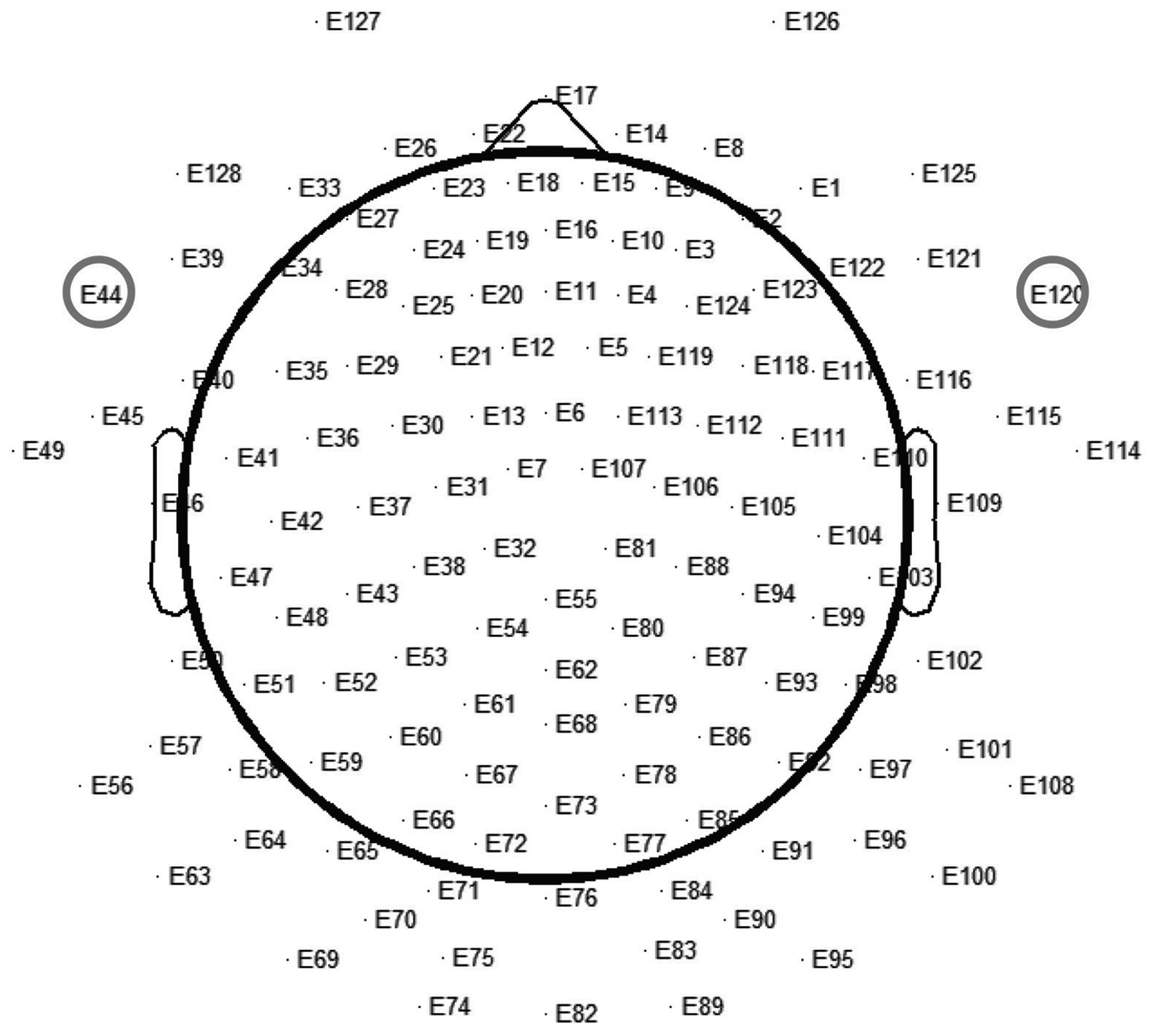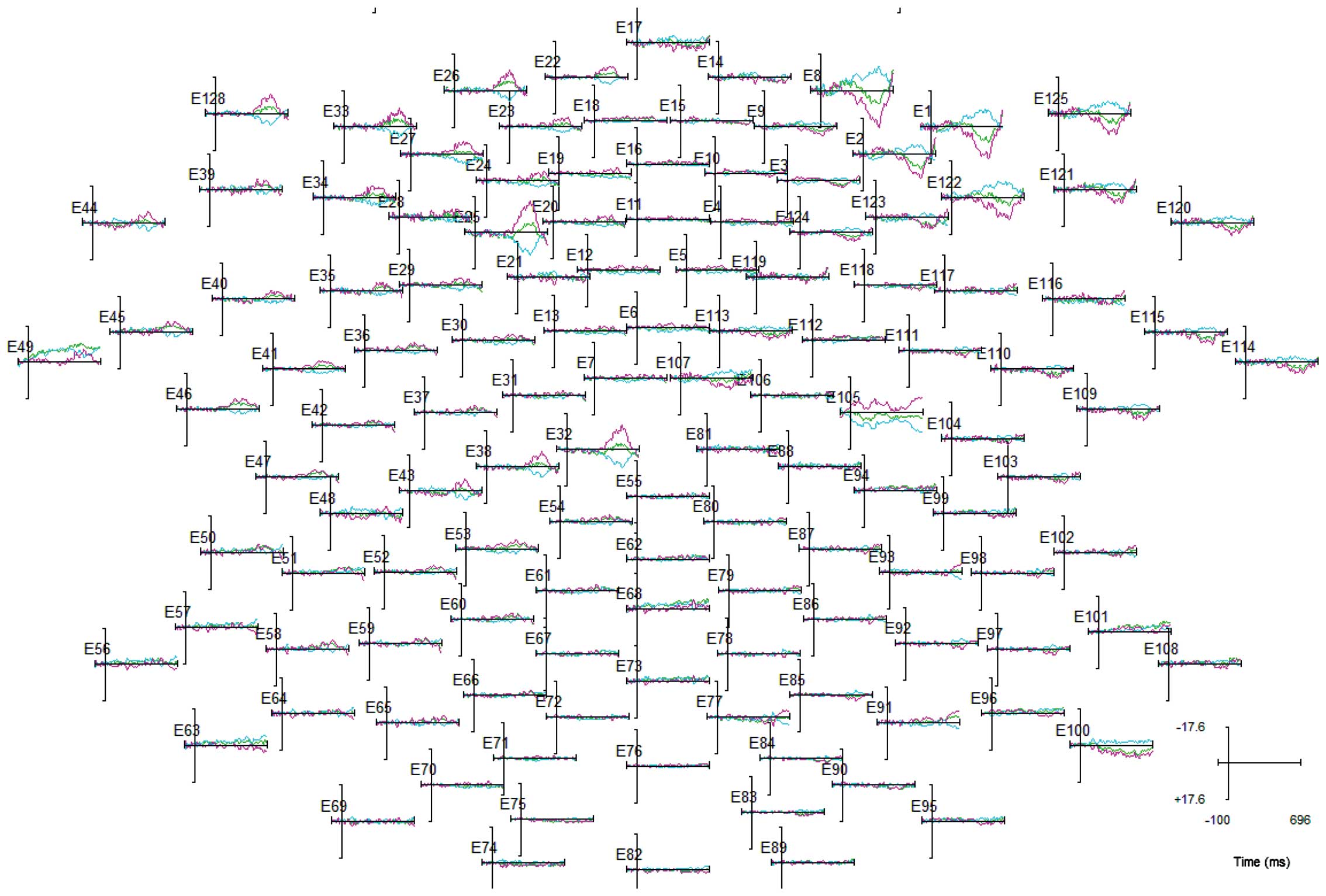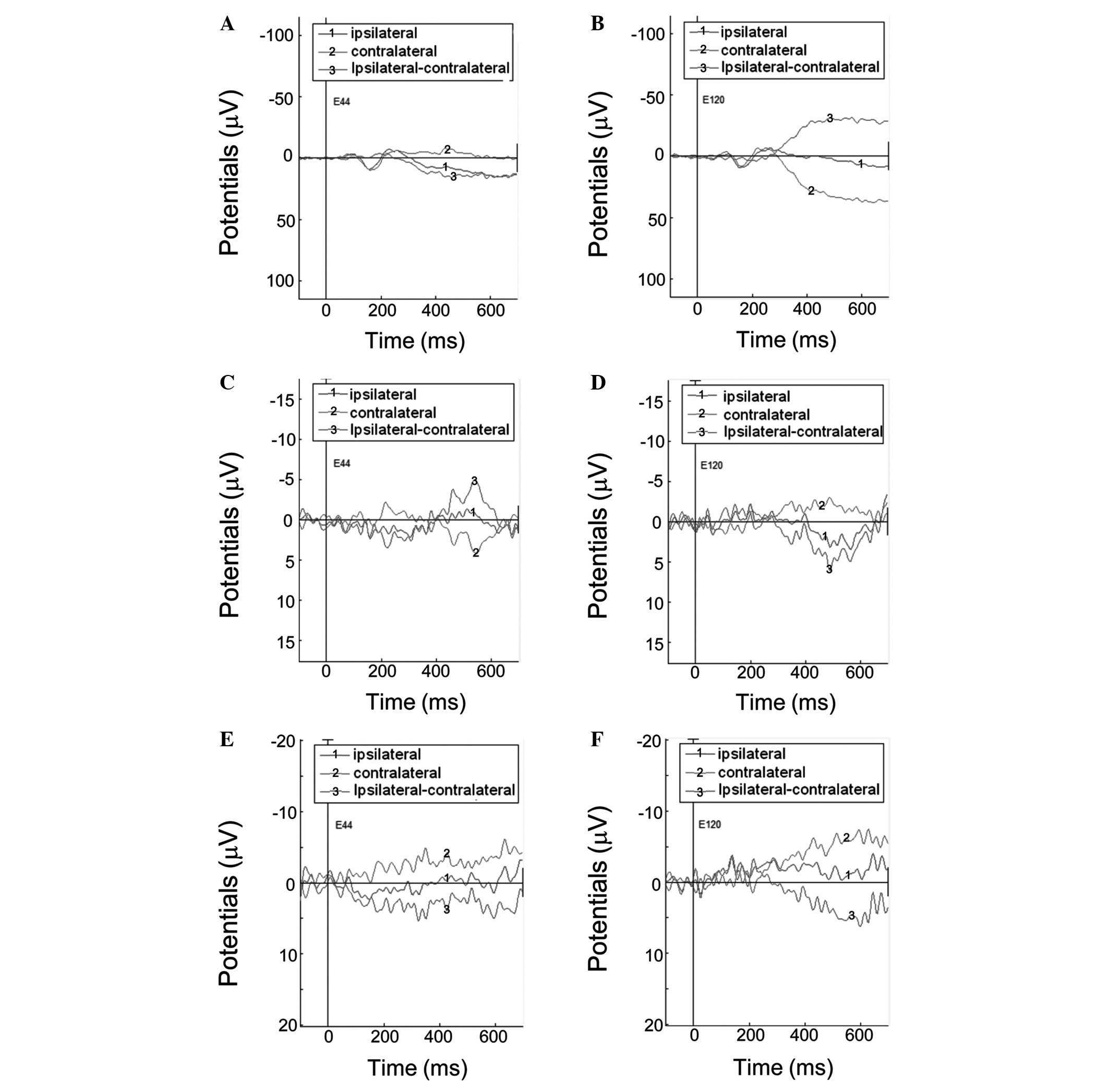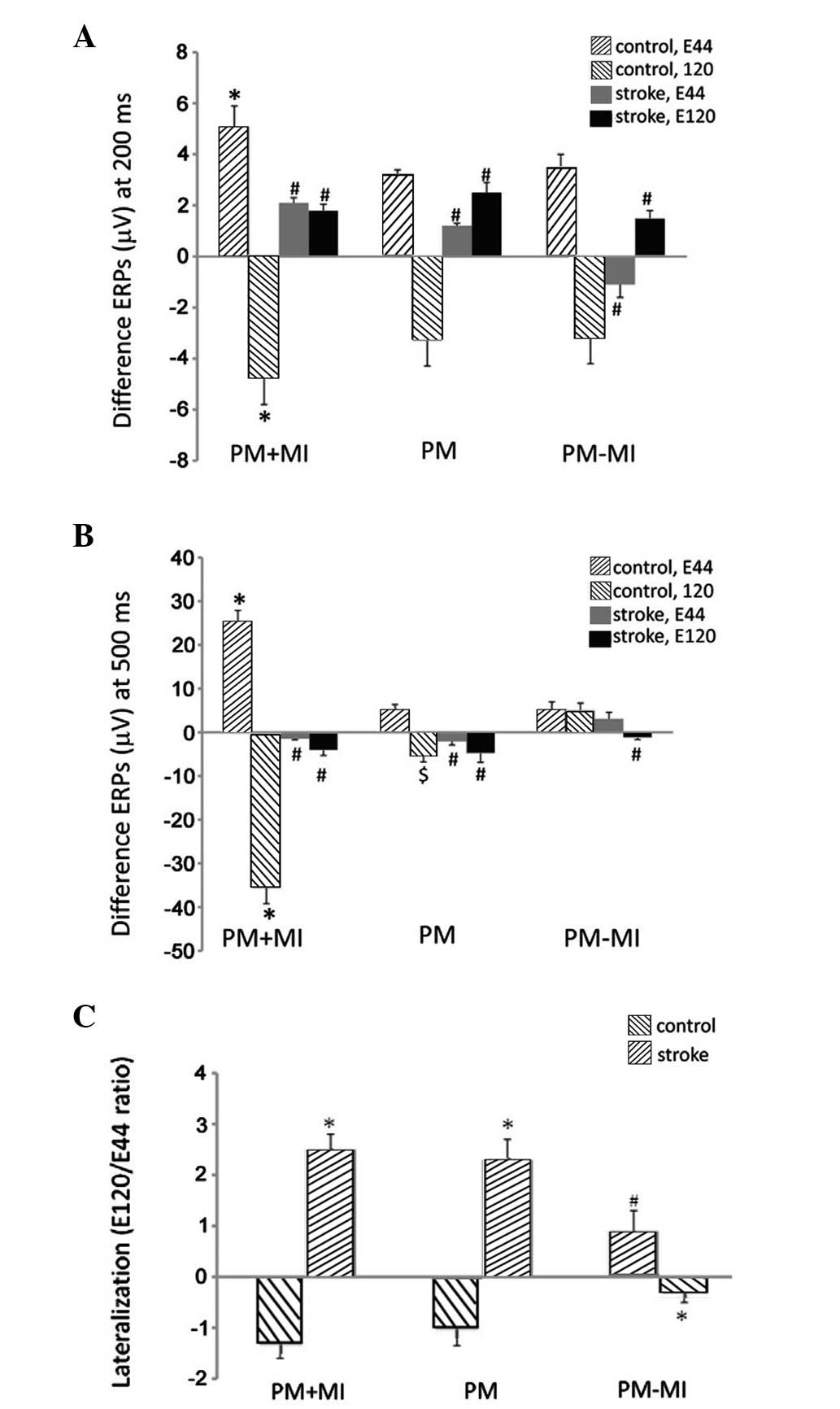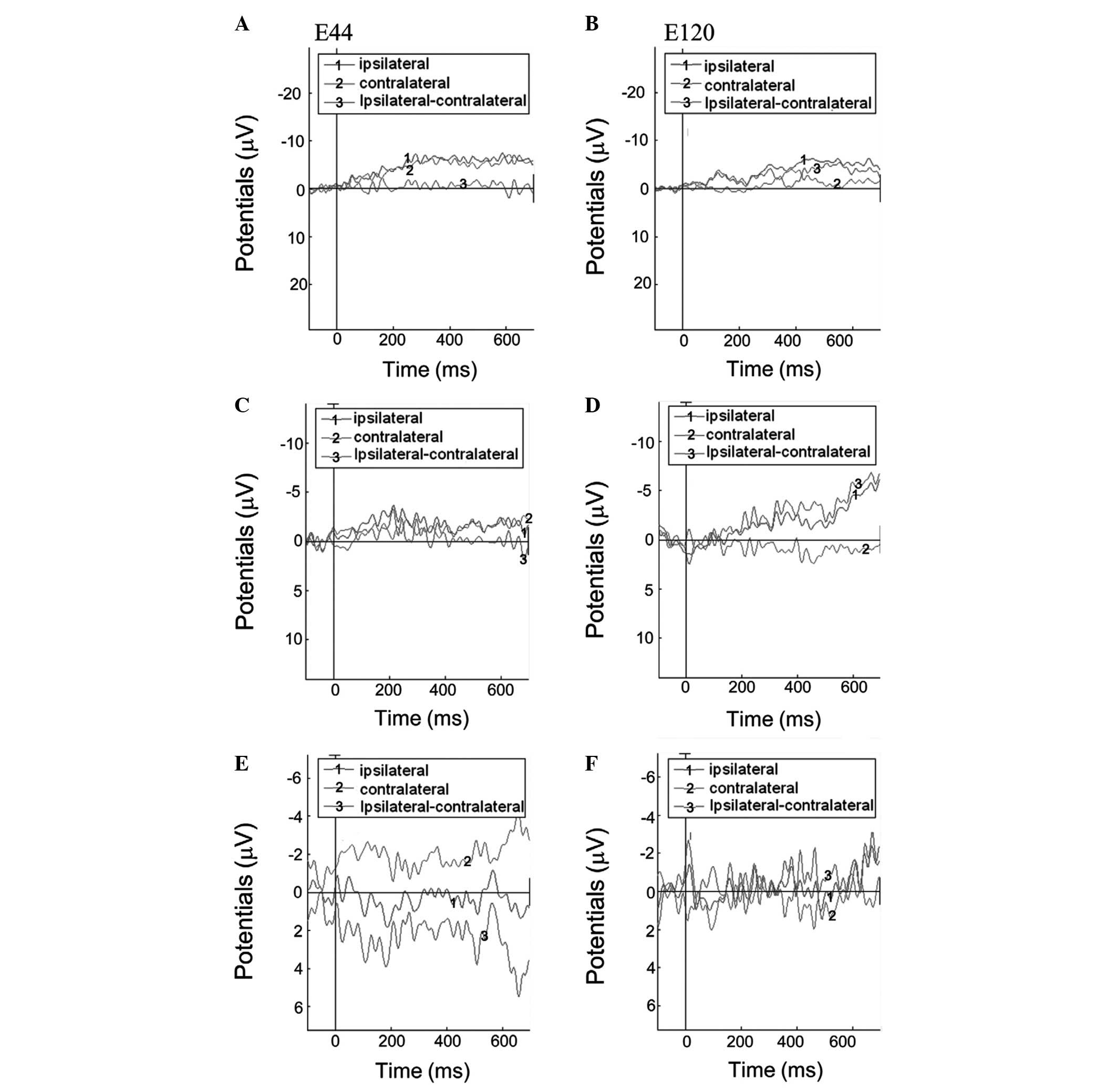|
1
|
Wade D: Rehabilitation therapy after
stroke. Lancet. 354:176–177. 1999. View Article : Google Scholar
|
|
2
|
Braun SM, Beurskens AJ, Borm PJ, Schack T
and Wade DT: The effects of mental practice in stroke
rehabilitation: a systematic review. Arch Phys Med Rehabil.
87:842–852. 2006. View Article : Google Scholar : PubMed/NCBI
|
|
3
|
de Vries S and Mulder T: Motor imagery and
stroke rehabilitation: a critical discussion. J Rehabil Med.
39:5–13. 2007.PubMed/NCBI
|
|
4
|
Guttman A, Burstin A, Brown R, Bril S and
Dickstein R: Motor imagery practice for improving sit to stand and
reaching to grasp in individuals with poststroke hemiparesis. Top
Stroke Rehabil. 19:306–319. 2012. View Article : Google Scholar : PubMed/NCBI
|
|
5
|
Page SJ, Levine P and Leonard AC: Effects
of mental practice on affected limb use and function in chronic
stroke. Arch Phys Med Rehabil. 86:399–402. 2005. View Article : Google Scholar : PubMed/NCBI
|
|
6
|
Dijkerman HC, Ietswaart M, Johnston M and
MacWalter RS: Does motor imagery training improve hand function in
chronic stroke patients? A pilot study Clin Rehabil. 18:538–549.
2004. View Article : Google Scholar : PubMed/NCBI
|
|
7
|
Guillot A and Collet C: Contribution from
neurophysiological and psychological methods to the study of motor
imagery. Brain Res Brain Res Rev. 50:387–397. 2005. View Article : Google Scholar : PubMed/NCBI
|
|
8
|
Grush R: The emulation theory of
representation: motor control, imagery, and perception. Behav Brain
Sci. 27:377–442. 2004. View Article : Google Scholar : PubMed/NCBI
|
|
9
|
Annett J: Motor imagery: perception or
action? Neuropsychologia. 33:1395–1417. 1995. View Article : Google Scholar : PubMed/NCBI
|
|
10
|
Jeannerod M and Decety J: Mental motor
imagery: a window into the representational stages of action. Curr
Opin Neurobiol. 5:727–732. 1995. View Article : Google Scholar : PubMed/NCBI
|
|
11
|
Decety J, Perani D, Jeannerod M,
Bettinardi V, Tadary B, Woods R, Mazziotta JC and Fazio F: Mapping
motor representations with positron emission tomography. Nature.
371:600–602. 1994. View
Article : Google Scholar : PubMed/NCBI
|
|
12
|
Porro CA, Francescato MP, Cettolo V,
Diamond ME, Baraldi P, Zuiani C, Bazzocchi M and di Prampero PE:
Primary motor and sensory cortex activation during motor
performance and motor imagery: a functional magnetic resonance
imaging study. J Neurosci. 16:7688–7698. 1996.PubMed/NCBI
|
|
13
|
Porro CA, Cettolo V, Francescato MP and
Baraldi P: Ipsilateral involvement of primary motor cortex during
motor imagery. Eur J Neurosci. 12:3059–3063. 2000. View Article : Google Scholar : PubMed/NCBI
|
|
14
|
Munzert J and Zentgraf K: Motor imagery
and its implications for understanding the motor system. Prog Brain
Res. 174:219–229. 2009. View Article : Google Scholar : PubMed/NCBI
|
|
15
|
Malouin F, Richards CL, Jackson PL, Dumas
F and Doyon J: Brain activations during motor imagery of
locomotor-related tasks: a PET study. Hum Brain Mapp. 19:47–62.
2003. View Article : Google Scholar : PubMed/NCBI
|
|
16
|
Dickstein R and Deutsch JE: Motor imagery
in physical therapist practice. Phys Ther. 87:942–953. 2007.
View Article : Google Scholar : PubMed/NCBI
|
|
17
|
Pfurtscheller G and Klimesch W: Functional
topography during a visuoverbal judgment task studied with
event-related desynchronization mapping. J Clin Neurophysiol.
9:120–131. 1992. View Article : Google Scholar
|
|
18
|
Pfurtscheller G and Neuper C: Motor
imagery activates primary sensorimotor area in humans. Neurosci
Lett. 239:65–68. 1997. View Article : Google Scholar : PubMed/NCBI
|
|
19
|
Prasad G, Herman P, Coyle D, McDonough S
and Crosbie J: Applying a brain-computer interface to support motor
imagery practice in people with stroke for upper limb recovery: a
feasibility study. J Neuroeng Rehabil. 7:602010. View Article : Google Scholar : PubMed/NCBI
|
|
20
|
Platz T, Kim IH, Pintschovius H, Winter T,
Kieselbach A, Villringer K, Kurth R and Mauritz KH: Multimodal EEG
analysis in man suggests impairment-specific changes in
movement-related electric brain activity after stroke. Brain.
123:2475–2490. 2000. View Article : Google Scholar : PubMed/NCBI
|
|
21
|
Stepień M, Conradi J, Waterstraat G,
Hohlefeld FU, Curio G and Nikulin VV: Event-related
desynchronization of sensorimotor EEG rhythms in hemiparetic
patients with acute stroke. Neurosci Lett. 488:17–21.
2011.PubMed/NCBI
|
|
22
|
Alegre M, Labarga A, Gurtubay IG, Iriarte
J, Malanda A and Artieda J: Beta electroencephalograph changes
during passive movements: sensory afferences contribute to beta
event-related desynchronization in humans. Neurosci Lett.
331:29–32. 2002. View Article : Google Scholar
|
|
23
|
Müller GR, Neuper C, Rupp R, Keinrath C,
Gerner HJ and Pfurtscheller G: Event-related beta EEG changes
during wrist movements induced by functional electrical stimulation
of forearm muscles in man. Neurosci Lett. 340:143–147.
2003.PubMed/NCBI
|
|
24
|
No authors listed. Special report from the
National Institute of Neurological Disorders and Stroke.
Classification of cerebrovascular diseases III. Stroke. 21:637–676.
1990. View Article : Google Scholar : PubMed/NCBI
|
|
25
|
Jung TP, Makeig S, Humphries C, Lee TW,
McKeown MJ, Iragui V and Sejnowski TJ: Removing
electroencephalographic artifacts by blind source separation.
Psychophysiology. 37:163–178. 2000.PubMed/NCBI
|
|
26
|
Hanakawa T, Immisch I, Toma K, Dimyan MA,
Van Gelderen P and Hallett M: Functional properties of brain areas
associated with motor execution and imagery. J Neurophysiol.
89:989–1002. 2003. View Article : Google Scholar : PubMed/NCBI
|
|
27
|
Beisteiner R, Höllinger P, Lindinger G,
Lang W and Berthoz A: Mental representations of movements. Brain
potentials associated with imagination of hand movements.
Electroencephalogr Clin Neurophysiol. 96:183–193. 1995. View Article : Google Scholar : PubMed/NCBI
|
|
28
|
Lang W, Cheyne D, Höllinger P, Gerschlager
W and Lindinger G: Electric and magnetic fields of the brain
accompanying internal simulation of movement. Brain Res Cogn Brain
Res. 3:125–129. 1996. View Article : Google Scholar : PubMed/NCBI
|
|
29
|
Kaiser V, Kreilinger A, Müller-Putz GR and
Neuper C: First steps toward a motor imagery based stroke BCI: new
strategy to set up a classifier. Front Neurosci. 5:862011.
View Article : Google Scholar : PubMed/NCBI
|
|
30
|
Stinear CM, Fleming MK, Barber PA and
Byblow WD: Lateralization of motor imagery following stroke. Clin
Neurophysiol. 118:1794–1801. 2007. View Article : Google Scholar : PubMed/NCBI
|
|
31
|
Sabaté M, González B and Rodríguez M:
Brain lateralization of motor imagery: motor planning asymmetry as
a cause of movement lateralization. Neuropsychologia. 42:1041–1049.
2004.PubMed/NCBI
|
|
32
|
You SH, Jang SH, Kim YH, Hallett M, Ahn
SH, Kwon YH, Kim JH and Lee MY: Virtual reality-induced cortical
reorganization and associated locomotor recovery in chronic stroke:
an experimenter-blind randomized study. Stroke. 36:1166–1171. 2005.
View Article : Google Scholar : PubMed/NCBI
|



